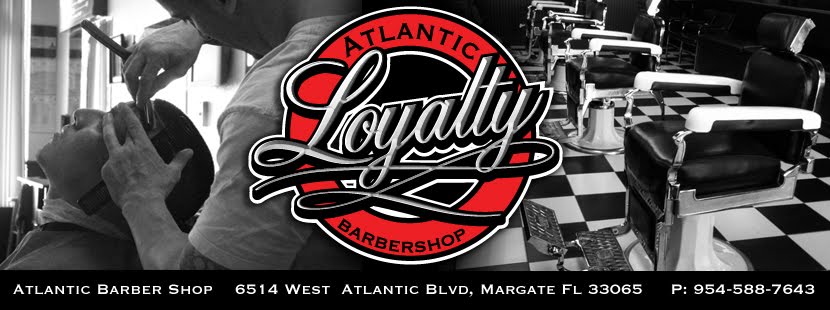Tuesday, April 24, 2012
ATLANTIC BARBERSHOP--> Vintage RollsRazor
The eponymous product was a sophisticated safety-razor which came in a metal box designed to allow the blade to be stropped against the lid and thus was not disposable, but unlike the straight razor it incorporated a safety guard and its size was closer to the early Gillette double blade disposable razor. The company wilted in the face of competition from the likes of Gillette.
The Rolls trademark, "The Whetter," was registered in the U.S. in 1950; the claimed first use was 1922. The U.S. patent for the method of attaching the blade to the handle was filed in 1925 and issued in 1930. The name "Rolls Razor (1927) Ltd." was used in advertising. The razor was still manufactured and sold until 1958 when the company was purchased by entrepreneur/corporate raider John Bloom who converted the factory from Rolls Razors to washing machines.
It seems that no one could bear to throw away a Rolls Razor. That must be why there are so many still around. Though not made by the Rolls-Royce company, the name was undoubtedly chosen to evoke the "Rolls" image of luxury and quality. The factory address was 255 Cricklewood Broadway, London, N.W. 2, with showrooms located at 197a, Regent St., London, W.1. A U.S. importer was Lee & Schiffer, East 44th St., New York City. By 1937 the U.S. distributor was Rolls Razor, Inc., 305 East 45th St., New York.
Rolls Razors, Ltd, made several models with variations based solely on casing material, finish and shape. The earliest models have a pebble-finish metal case. The nickel plated Imperial No. 2 is the most common along with the silver-plated Imperial which was packaged with a hard leatherette storage box. During World War II, the case was made all Aluminum. Older razors, pre-1930, do not have a Greek key pattern on the case. A gold-plated case was made before 1930, but is very rare. The two main shape variations were the “standard” Imperial which had a flat boxy shape with rounded corners and the Viscount which had a softer profile with shaped sides and rounded corners.
The case design evolved to a pattern of parallel zig-zag lines. Later razors have a 3-row Greek key design and with the "The Whetter" trademark near the end of the case. These cases measure 2-3/4 x 6 inches. The Viscount case design has a single Greek key row. The corners of the case are more rounded (about a 5/8-inch radius) than previous Rolls. The case dimensions are 2-7/8 x 6-1/4 inches.
By 1951 Rolls was also advertising the Viceroy Electric Dry shaver, or, the ad said, if you have "no electricity ... ask for the Viceroy non-electric mechanical dry shaver ... Press the lever and shave!" The mechanical version was operated by repeatedly squeezing a lever on the handle.
The Rolls Razor was successful enough that it had a similar British competitor, The Darwin, made by Darwins Ltd. (or Darwin, Ltd.; both spellings were used), Fitzwilliam Works, Sheffield, England. U.S. patents were filed in 1933 and issued in 1935. A British patent was issued in 1934. The Darwin case is longer and narrower than the Rolls. Darwin models include "Universal" and "De Luxe."
Vintage1927RollsRazor
Monday, April 23, 2012
Friday, April 6, 2012
Monday, April 2, 2012
Subscribe to:
Posts (Atom)







